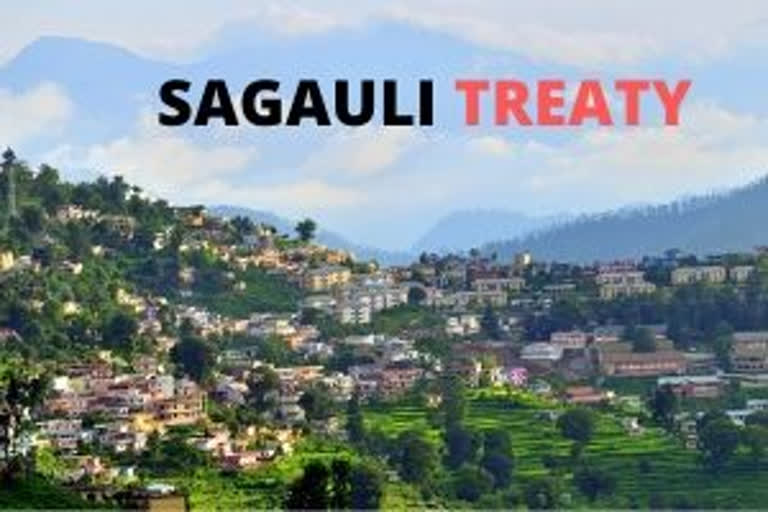New Delhi: In 1765 the progenitors of the little warriors who now form so distinguished section of the Indian Army, under the leadership of Prithi Narain, the first of the Nepalese to appreciate and utilize European discipline and arms, began to make themselves felt like a formidable power among the surrounding mountain tribes.
Subduing Kathmandu, Lalitapatan, and Bhatgaon, in Nepal; and, after Prithi Narain’s death, under his widow and his brother as regents for his infant son, they extended their conquest to Kumaon.
In 1790 they captured Almora, and made themselves masters of the whole country up to the Ramganga. From Kumaon, pursuing their career westward, the Gurkhas carried their invasion into Garhwal, but its conquest was delayed by news of a Chinese invasion of Nepal, which caused the invading force to withdraw from Garhwal to assist in defending their own country. A few years later, however, the tide of Gurkha invasion again flowed westward: Srinagar, then the capital of the Raja of Garhwal, was attacked in February 1803, and the Raja retreated southward. He made a futile stand at Barahat, but was driven from there, first into the Dun, and then to Saharanpur.
Also read:Madhya Pradesh Cong suffers another jolt as MLA jumps ship to BJP
Here the harassed Raja, Pradyuman Shah raised a couple of lakh rupees by pawning all his property and throne. With these funds he got together a new army, returned to the Dun, and attacked the invaders who, under Umar Singh Thapa, then occupied Dehra; but he was defeated and killed.
In ‘Himalayan Mountains’, J.B. Fraser, mentions that the priests of Paligarh, a sacred glen not far from Yamnotri , prophesied the misfortunes of Pradyuman Shah, the last of the Kings of Garhwal, the rise of the Gurkha power, and its eventual subjugation by the British.
The British forces reached the steep south faces of the Shivalik ranges, just as the Gurkha wave surged up the northern slopes of those foothills. Colonel Burn marched into Saharanpur about the same time as Umar Singh Thapa occupied Dehra in October 1803.
The rule of the Gurkhas was severe. It drove many of the inhabitants to emigration. Slavery increased rapidly; defaulters of every kind were condemned to life-long bondage. It is said that injustice and cruelty were at the bottom of the rule; families of defaulters were often sold to liquidate arrears of revenue.
Indeed ‘Gurkhani’ became a synonym for Gurkha excesses in Garhwal, as having drunk all the milk in a village at night, rapacious soldiers would be back in the morning demanding curd.
Also read:Couple, son killed in Pak shelling in Jammu and Kashmir
Though the immediate cause of the Gurkha war was the destruction of a police station in the disputed portion of territory, beginning with the murder of the Daroga in charge, after a gallant defence, in which eighteen of his constables were killed and six wounded. Another police station was raided shortly afterwards. The season being unfavourable for undertaking punitive operations, so a letter of remonstrance was sent to the Raja of Nepal. The reply was insolent. War was declared on 1st November 1814. An account of the operations may be found in “William’s’ Memoir of the Dun.” The Gurkhas proved no mean foes, a mere handful of fighting men in a hastily constructed fort on the Nalapani hill better known as Kalinga, was as stubborn and heroic as any such deed recorded in history.
